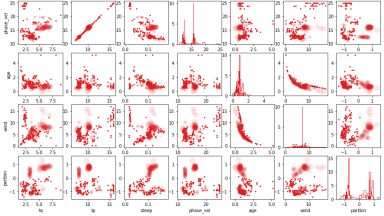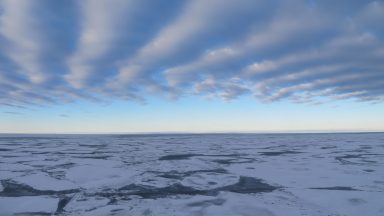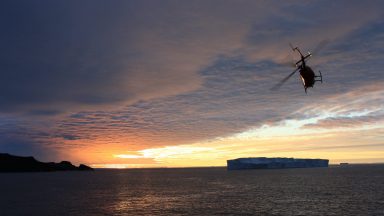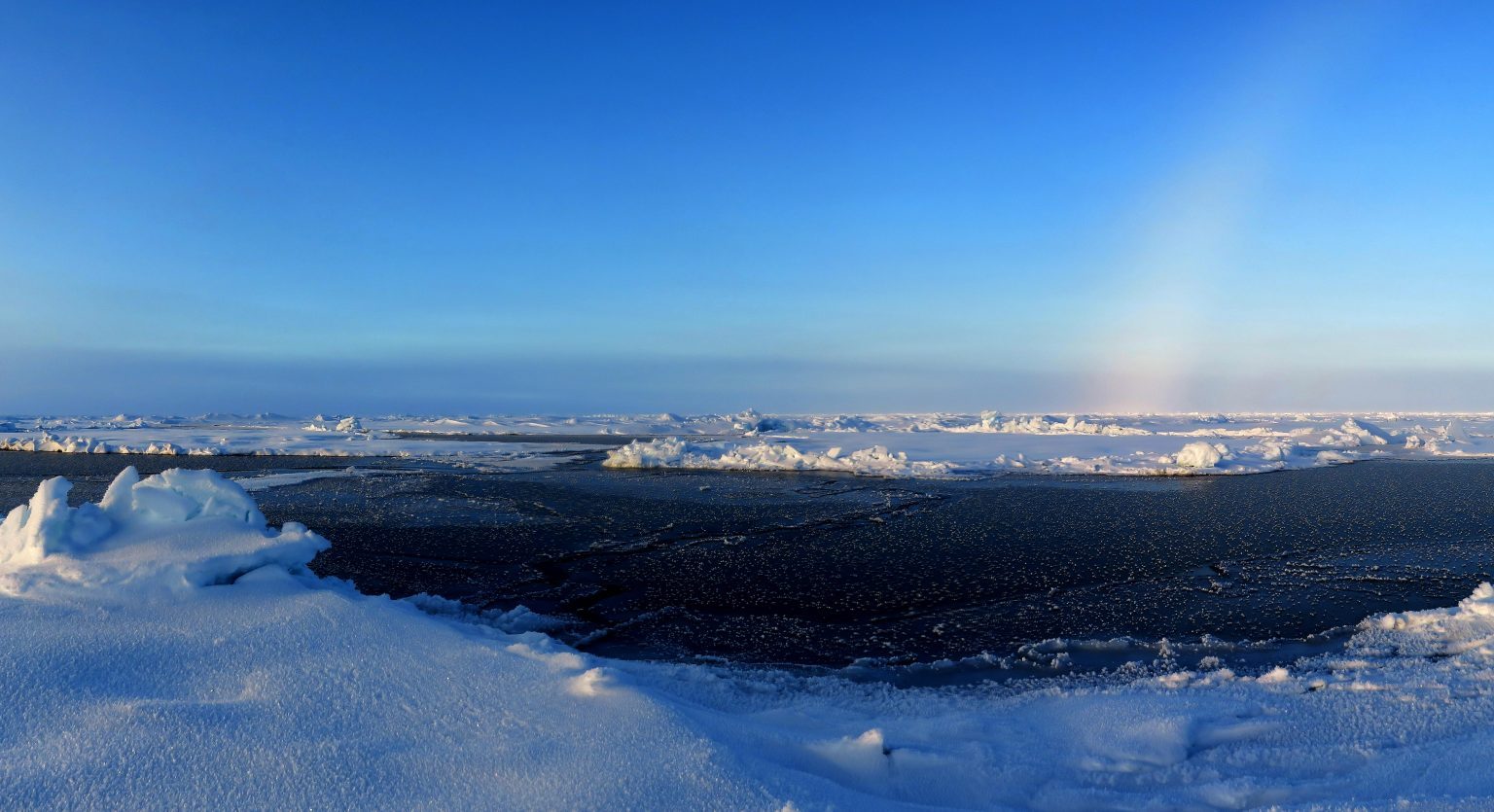
Frost flower landscape appears during freeze up of the Arctic Ocean in September 2018. (picture credit: Julia Schmale)
Extreme environments are sentinels of global change and understanding their response to warming furthers our knowledge of human-induced climate change and resulting impacts.
The ongoing transformation of extreme environments, such as the polar and alpine regions, can have important repercussions for society. For example, global sea level rise is caused by melting glaciers and ice sheets, or more extreme mid-latitude weather patterns are linked to Arctic warming. At the same time, climate change can spur socio-economic activities like resource extraction, which in turn can impact the extreme environments at the local and regional scale.
To date large uncertainties remain in predicting the fate of extreme environments, particularly of the polar regions, and the consequences this might have for society. The difficulties arise from an insufficient observational data base, lack of process understanding and systemic modeling capabilities. However, more accurate predictions are needed to design mitigation and adaptation measures.
The Extreme Environments Research Laboratory aims to provide deeper process understanding by putting an emphasis on in situ field measurements. Together with other data products (e.g., from satellite observations, reanalyses products or model simulations) we link atmospheric processes to the cryosphere, ocean, land, and human activities. Atmospheric processes such as cloud formation, for example, are particularly relevant for the surface energy balance over snow and ice. It is our goal to understand the importance of processes that are directly influenced by humans versus natural processes that are changing due to climate change (moving baseline phenomenon).
See the individual project pages to learn more about our activities.
Ongoing Projects
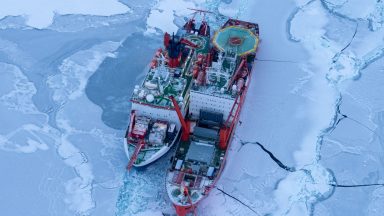
MOSAiC
Multidisciplinary drifting Observatory for the Study of Arctic Climate Change
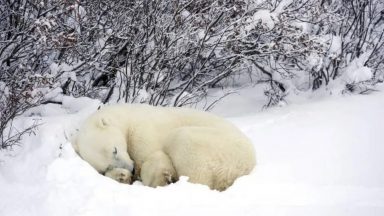
ArcticNAP
Arctic climate change: exploring the Natural Aerosol baseline for improved model Predictions
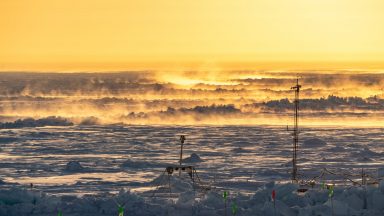
CRiceS
Climate Relevant interactions and feedbacks: the key role of sea ice and Snow in the polar and global climate system
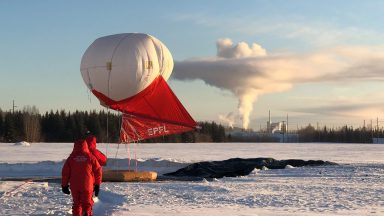
ALPACA
Alaskan Layered Pollution and Chemical Analysis
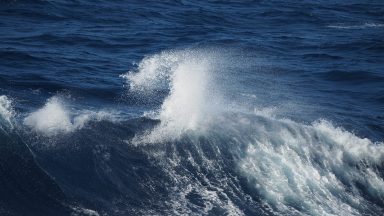
3D EarthNavigation
Stereo imaging for wave properties
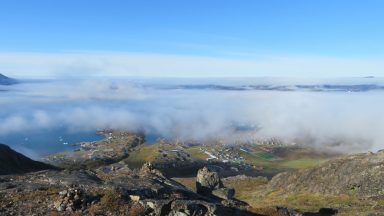
GreenFjord
Greenlandic Fjord ecosystems in a changing climate: socio-cultural and environmental interactions
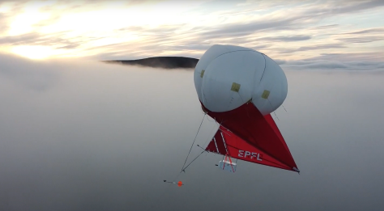
VAERTICAL
tethered balloon measurements in the Arctic
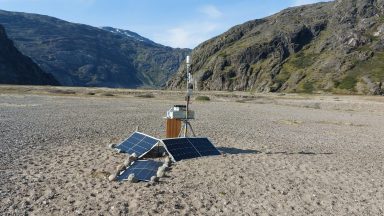
ECO-Plains
Ecological and climate impacts of Greenlandic glacial outwash plains
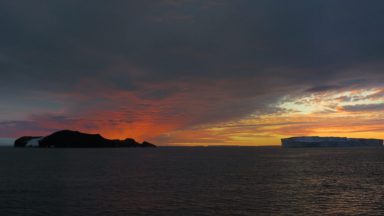
ORACLES
ORigin of Antarctic CLoud particles and their Effects on the Surface radiation budget
Past Projects
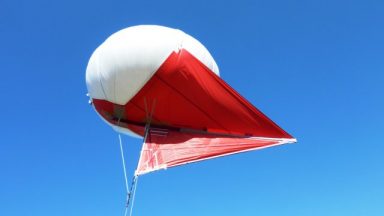
MoMuCAMS
Exploring the boundary layer
